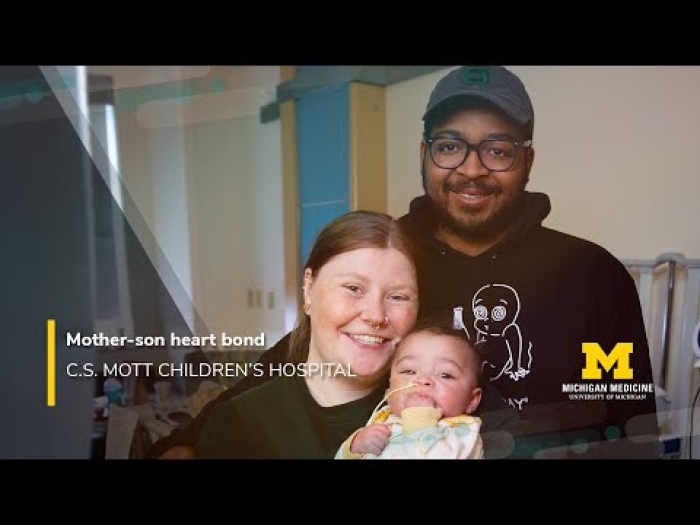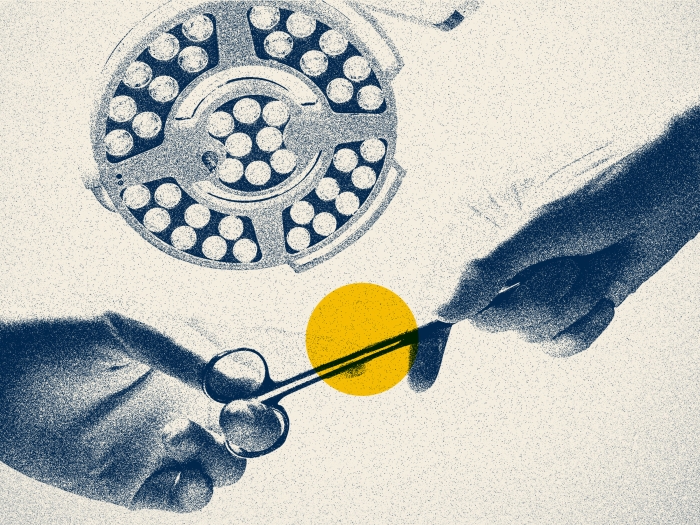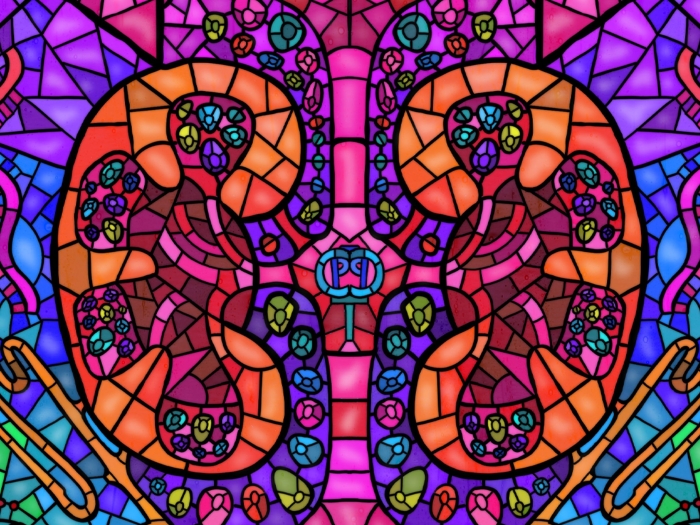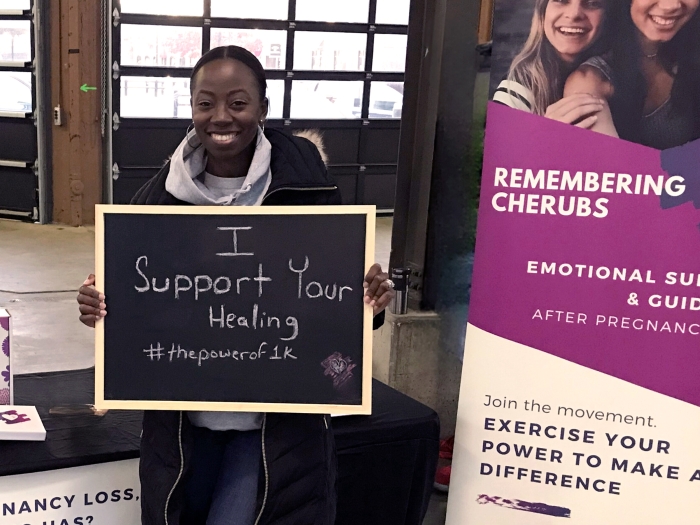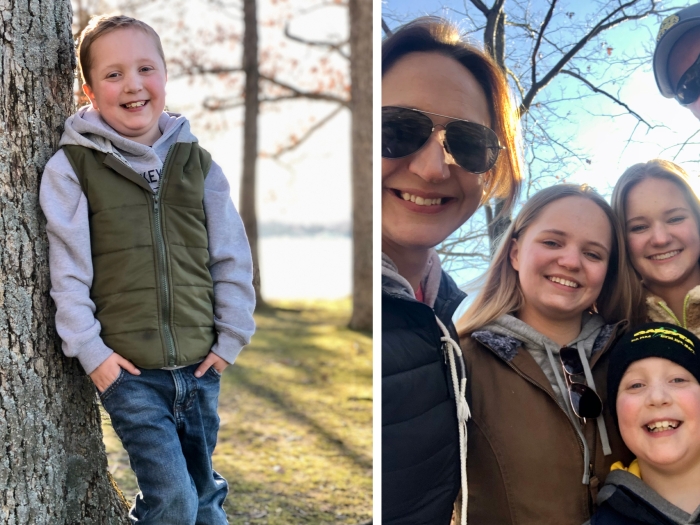A patient’s genetic makeup and journey with leukemia highlights the need for more gene sequencing in minority children.
10:28 AM
Author |

First, 9-year-old Nashawn was complaining of heavy arms when swimming at his local recreation center. Soon after that, he had to take breaks walking from his room to the bathroom to take a shower.
Antoinette Howard, Nashawn's mom, made an appointment with his primary care provider at Briarwood. After a quick evaluation his doctor sent him to the emergency room because she wasn't comfortable with how he looked. He was immediately taken back for blood work that showed his hemoglobin, a protein that helps transport oxygen in the blood, was low. In fact, his levels were 2.4 when the normal low is 5. Even more alarming, his white blood cell count was 88,000. A normal range is between 4,000 and 11,000.
"We knew it was something serious when his primary care doctor sent him to the emergency room but we didn't know how serious it was," Howard says. "My husband was trying to keep me from getting too stressed out by making me go to work against my better judgement. He called me and told me what his blood work showed and when I heard the diagnosis, I immediately left to go to the hospital."
In July 2018, the results indicated cancer and a diagnosis of acute lymphoblastic leukemia was made. Treatments would begin, but Nashawn wasn't responding to them. To figure out why, Rajen Mody, M.D., M.S., a pediatric oncologist at C.S. Mott Children's Hospital, did gene sequencing of Nashawn's tumor.
"He presented like any other patient with leukemia, but I quickly realized there might be something else at play because he had a poor early response to treatment," Mody says. "The genetic testing showed Nashawn had high risk cancer gene features."
The features of interest were an unusual genotype: mutations found on two of Nashawn's genes, NRAS and FLT3. This genotype, which affected how he responded to treatment, is a perfect example of why sequencing minority children is critical. Kids like Nashawn may not always get necessary or lifesaving medical treatment early.
There was a 17% chance Nashawn's brother would be a perfect match, and by the grace of God he was.Antoinette Howard
According to Mody, survival rate for African American children are 15% less than their Caucasian counterpart. Why is that? Is it that minority children, generally, have less access to hospitals with certain cutting edge research technologies? When technology is available, is it being offered to them an equal amount of times its being offered to a Caucasian child? Is there an adverse biological component?
It's difficult to figure out why the survival rate is lower when minority gene samples make up such a small proportion of the sequencing pool. "In pediatric cancer, only 8-10% of the gene sequencing pool is made up of minority samples," Mody says. "These numbers should be closer to 30-40%."
These alarming statistics inspired Mody to design a multi-institutional project that is sequencing a multi-ethnic cohort of pediatric cancer patients like Nashawn from Ann Arbor, Detroit and Flint.
"A cancer diagnosis on its own is overwhelming for a family so you don't want any other factors to work against them and their child's medical journey," Mody says. "Every child deserves the best fighting chance, and it may start with gene sequencing."
MORE FROM MICHIGAN: Sign up for our weekly newsletter
A perfect match
The nine months after Nashawn's diagnosis were a whirlwind. He started with chemotherapy infusion treatments three times a week. The hope was that over time, the treatments could be reduced to twice a week, once a week, every other week and so on. Part of his treatment plan, like shots in the arm, could be done at home. Nashawn spent a lot of time inpatient for treatments along with an allergic reaction to the chemotherapy that he was admitted for.
The road to recovery, like any medical journey, can feel like a rollercoaster ride. Luckily, Nashawn was responding to treatments and nearing the end of nine months, Howard and the care team discussed a bone marrow transplant.
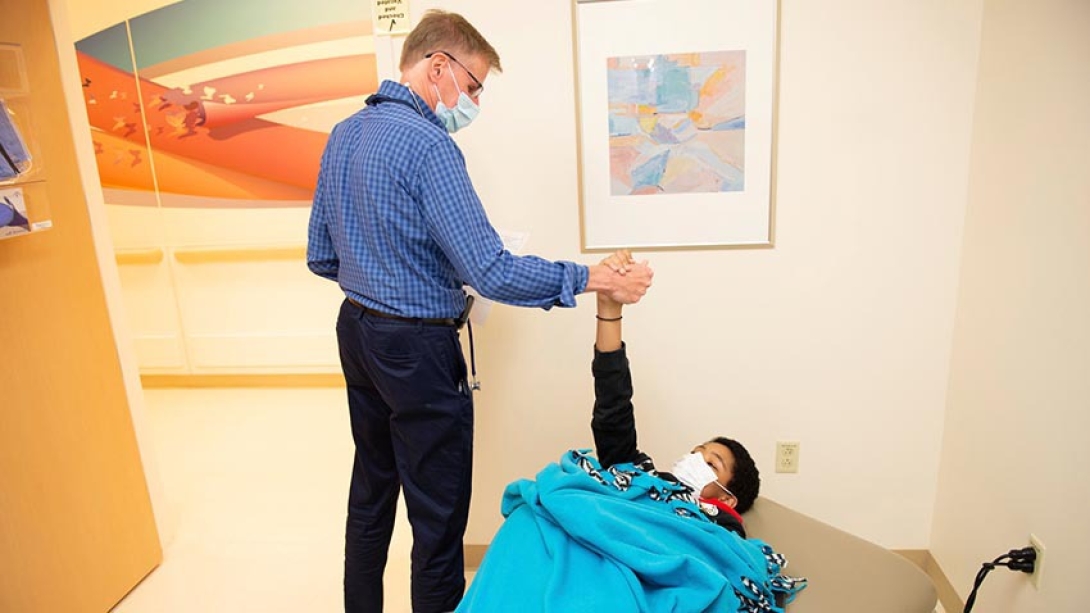
"There was a 17% chance Nashawn's brother would be a perfect match, and by the grace of God he was," Howard says. The transplant took place in April 2019.
"When you discuss worst case scenarios, you expect it and can prepare as much as possible" Howard says. "But post-transplant, he was doing great. Instead of his numbers fluctuating as expected they just kept going up."
He was released from the hospital five days after the transplant. Now, Nashawn is 11-years-old and is doing well in the "maintenance" phase of his treatment plan. He even started sixth grade online this fall.
With a $592,100 grant from the Children's Hospital of Michigan Foundation for Mody's project and support from Michigan Medicine and the Chad Carr Pediatric Brain Tumor Center, other minority children may have an outcome like Nashawn's more often.
"Nashawn's case is incredible," Mody says. "It's because of kids like him that studying genetic and socioeconomic differences that may contribute to cancer outcomes is critical. These factors will lay the groundwork for creating the best treatment plans for different populations."
Visit the C.S. Mott Children's Hospital's website for more information about genetic testing and genomic medicine.

Explore a variety of healthcare news & stories by visiting the Health Lab home page for more articles.

Department of Communication at Michigan Medicine
Want top health & research news weekly? Sign up for Health Lab’s newsletters today!
